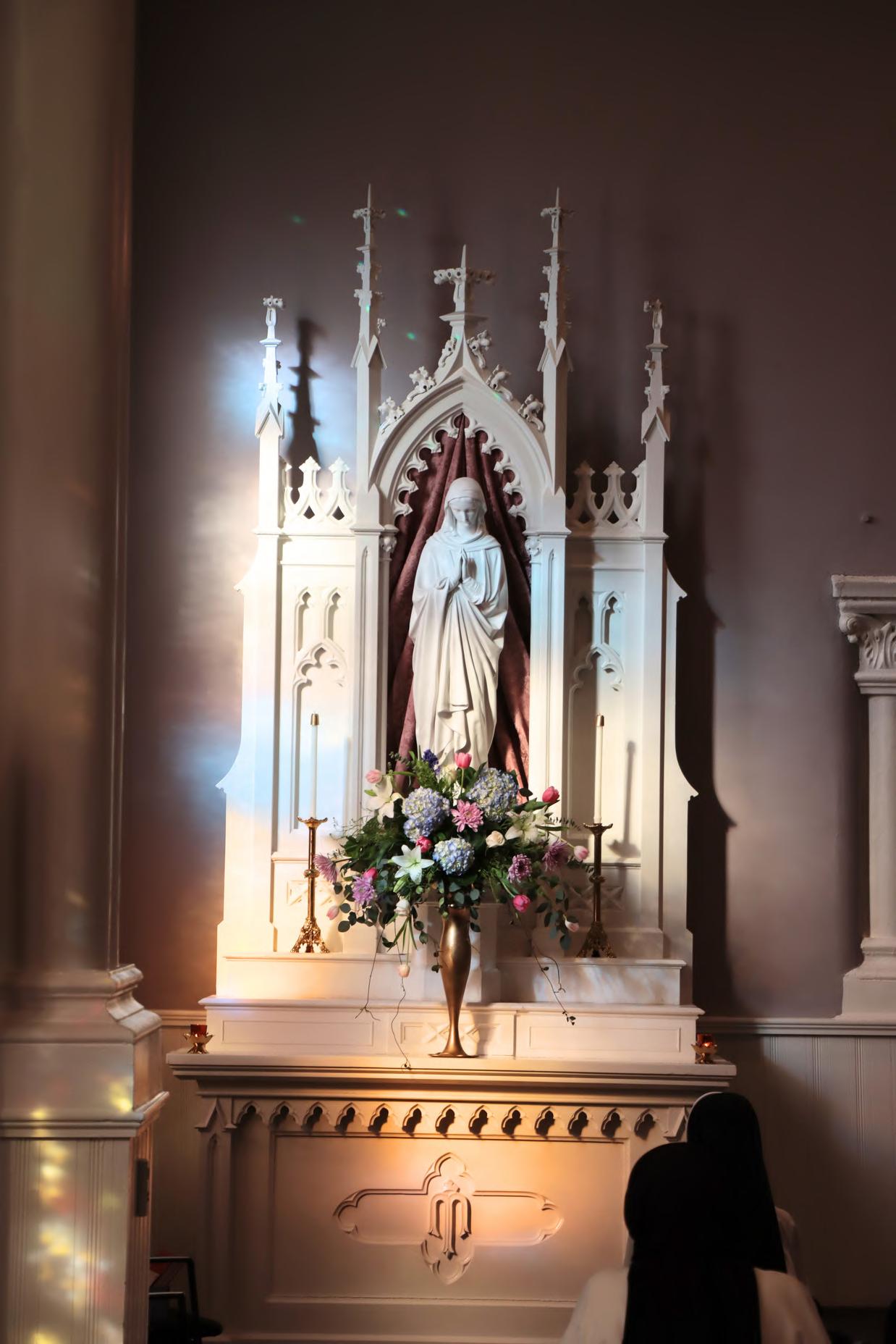
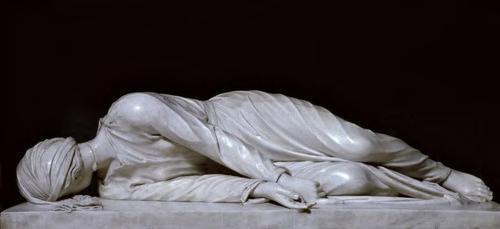





In Saint Luke’s Resurrection account of Jesus’ appearance on the road to Emmaus (Luke 24:1-35), there are several moments of seeming brokenness. The paradox of this Resurrection account is that in the breaking, restoration takes place. In these moments of brokenness Jesus makes himself known and offers the invitation to union with Him.
St Luke’s account begins with two disciples journeying from Jerusalem to Emmaus on the day of the Resurrection They were debating and discussing all that had occurred Jesus draws near to them and breaks into their conversation, but they do not recognize him. He asks what they are discussing as they walk along. Downcast, they share with him their broken hearts, shattered dreams, and crushed hope concerning Jesus the Nazarene He listens to them and then begins to put back the pieces by breaking open the scriptures to them, reminding them of God’s plan, restoring their hope, repairing and rekindling their broken hearts so that they begin to burn within them. They would remark later, “Were not our hearts burning [within us] while he spoke to us on the way and opened the scriptures to us?” (Luke 24:32).

"
...Jesus makes himself known and offers the invitation to union with Him."
by Sister Emma, O.P.Road to Emmaus (1877) By Robert Zünd
As they approached the village, Jesus gives the impression of breaking company with them, but they insist, “Stay with us!” (Luke 24: 29). He joins them for the meal “and it happened that, while he was with them at table, he took bread, said the blessing, broke it, and gave it to them With that their eyes were opened and they recognized him, but he vanished from their sight” (Luke 24:30-31). By repeating the gestures and words of the Last Supper when he “took bread, said the blessing, broke it, and gave it to them” (Luke 22:19), Jesus breaks through, and though he vanishes from their sight, the disciples recognize him now in his Eucharistic presence With joyful burning hearts, these two set out at once for Jerusalem to share what had taken place on the way and how “he was made known to them in the breaking of the bread” (Luke 24:35).
The term “breaking of the bread” became an early Christian expression for celebrating the Eucharist. For example, in the Acts of the Apostles, we read that “they devoted themselves to the breaking of the bread” (Acts 2:42) “By doing so they signified that all who eat the one broken bread, Christ, enter into communion with him and form but one body in him” (Catechism of the Catholic Church 1329). Just as Jesus walked with the disciples that Easter day and broke in, broke open, and broke through, so he does for us He accompanies us on our pilgrimage through life, and we encounter him in the Scriptures and in the Sacraments, especially the Eucharist. Through these moments of breaking, we become united to Him and to our fellow pilgrim travelers, and we, like the disciples, can set out at once to share with others our encounter with him and how he makes himself known in the breaking of the bread
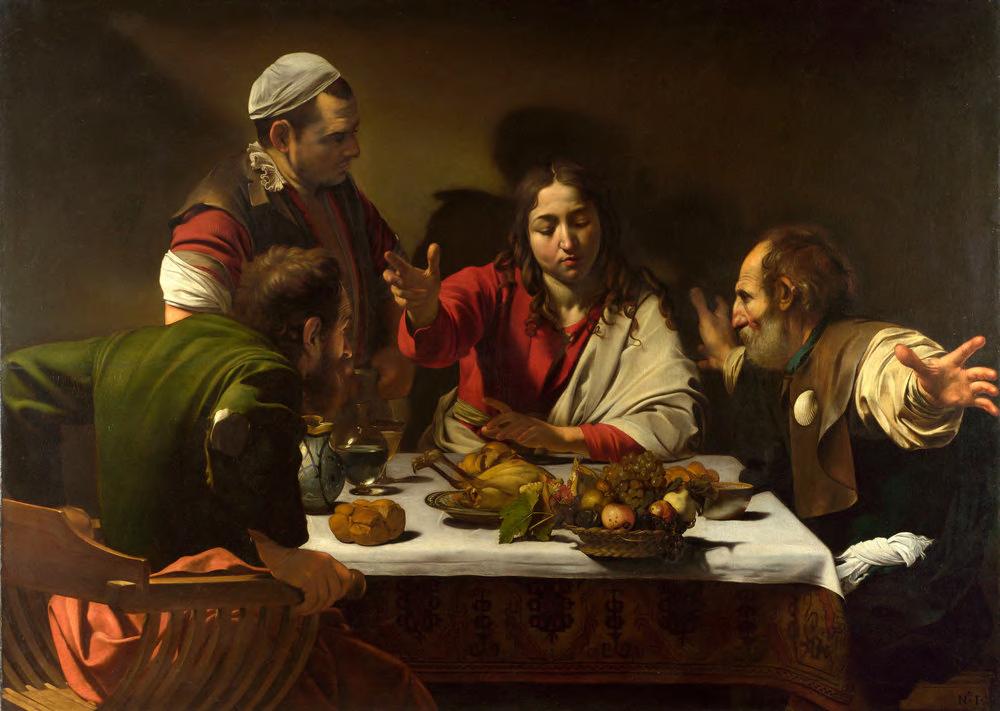 The Supper at Emmaus (1601) by Caravaggio
The Supper at Emmaus (1601) by Caravaggio
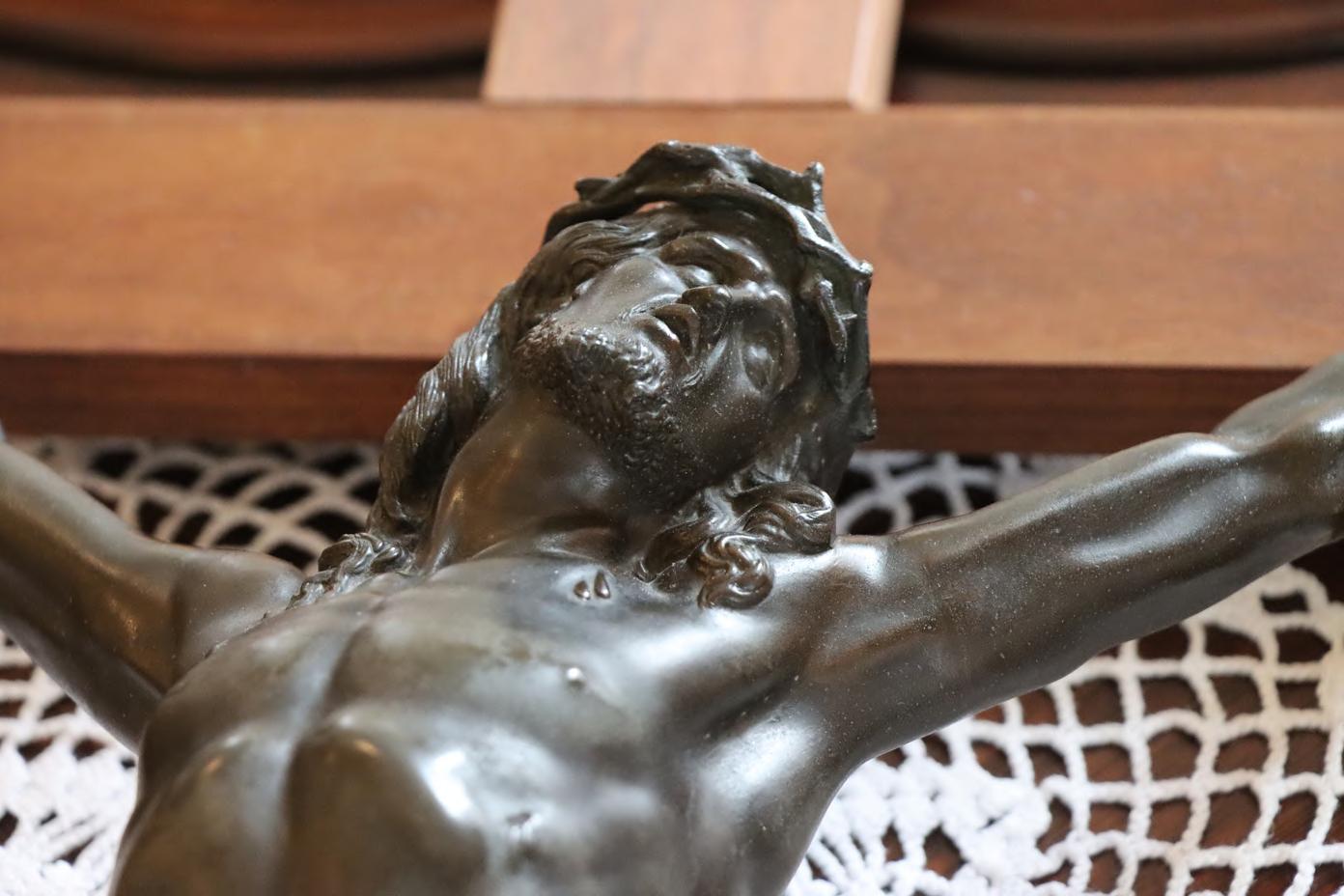
This year's celebration of Easter was unique at the Motherhouse Because of water damage due to a pipe that burst at Christmas, the sisters have been using the 1888 chapel (the Oratory) since January. With over 70 sisters coming home for the Triduum and Easter, the sisters moved into the Recreation Hall for the liturgies
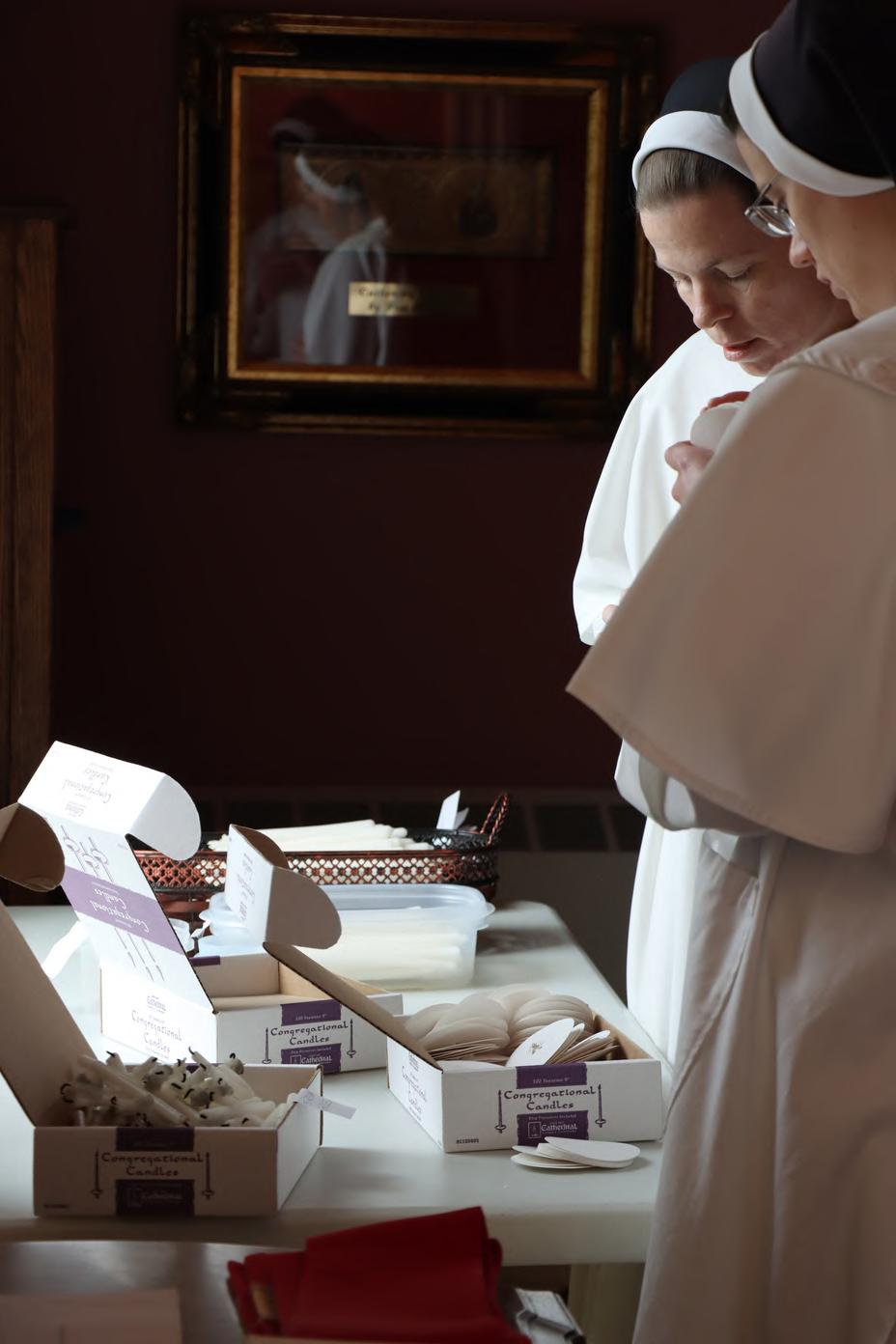
ABOVE/AltarofReposeHolyThursday
RIGHT/SisterJohnCatherineandSisterCeciliaprepare individualprocessionalcandlesfortheliturgiesof theTriduum.
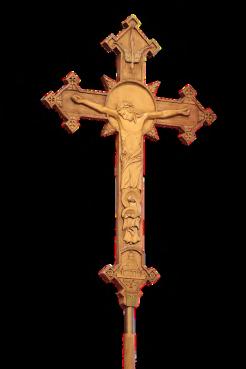
BELOW/ CloseupoftheCrucifixusedfortheVenerationofthe CrossonGoodFriday
ONTHEFOLLOWINGPAGE/MomentsfromtheEasterVigil

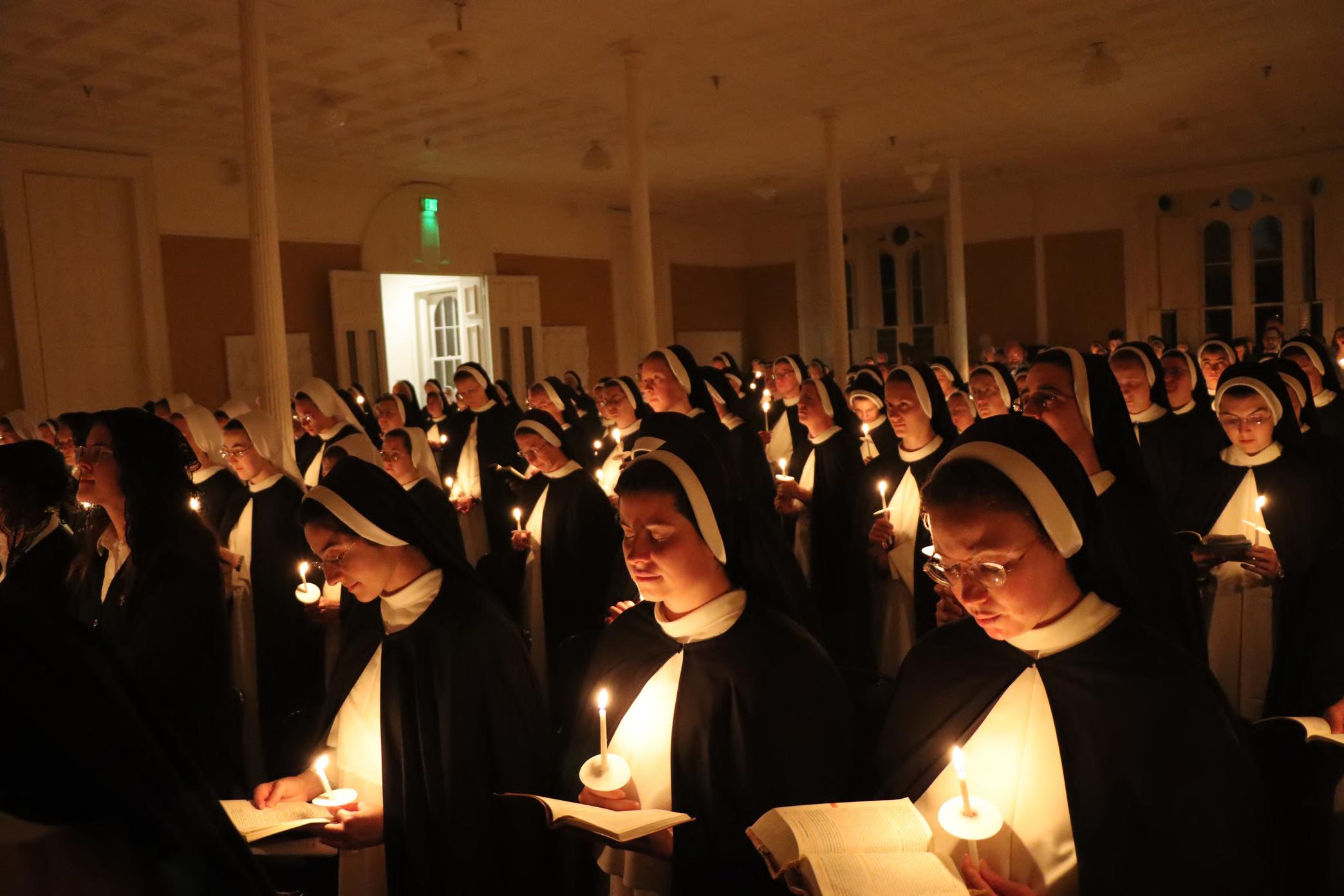

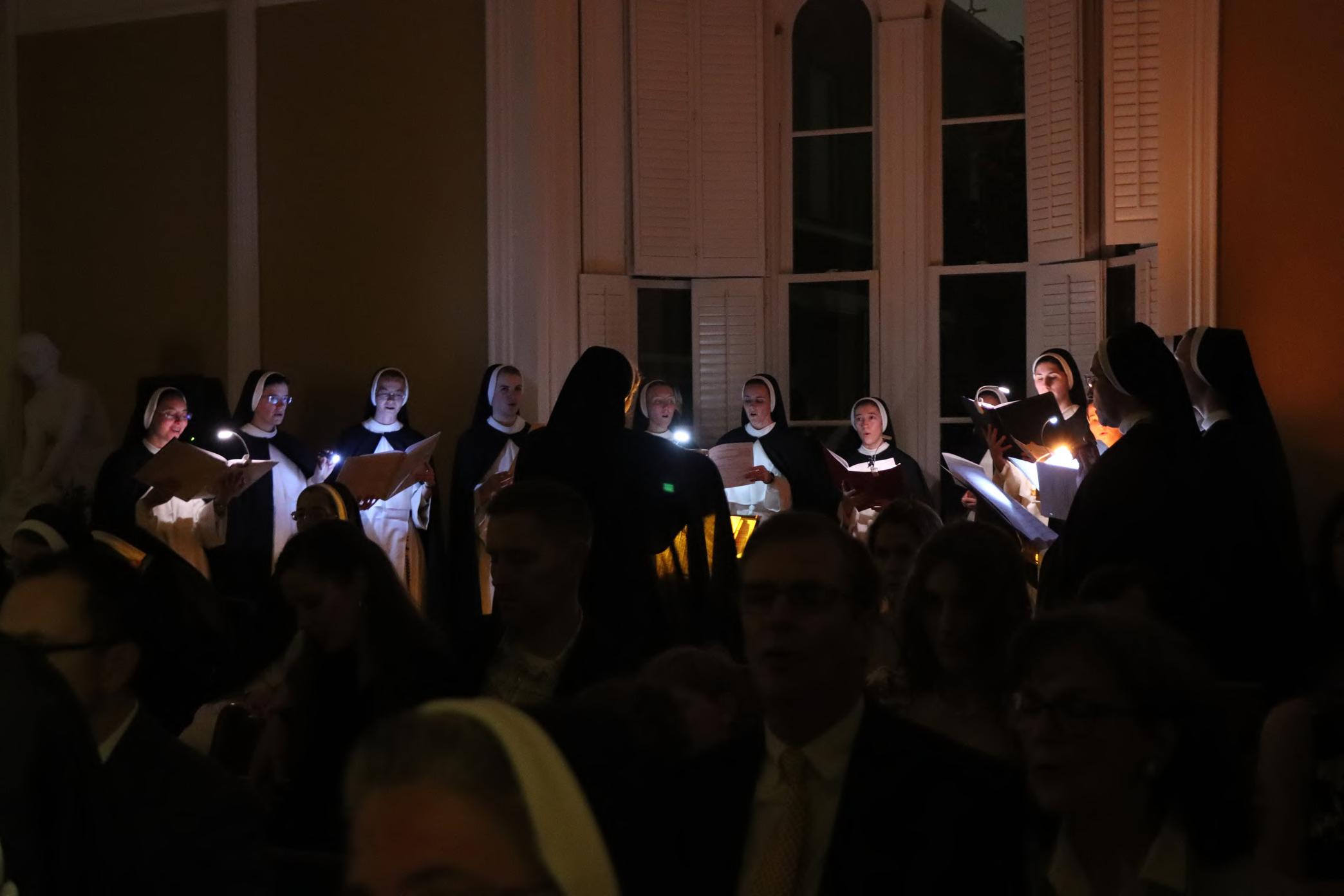

RIGHT/Sisters



enjoyingEaster
breakfastaftera
beautifulliturgy
BELOW/ The sistersenjoyEaster
Mondayat Camp
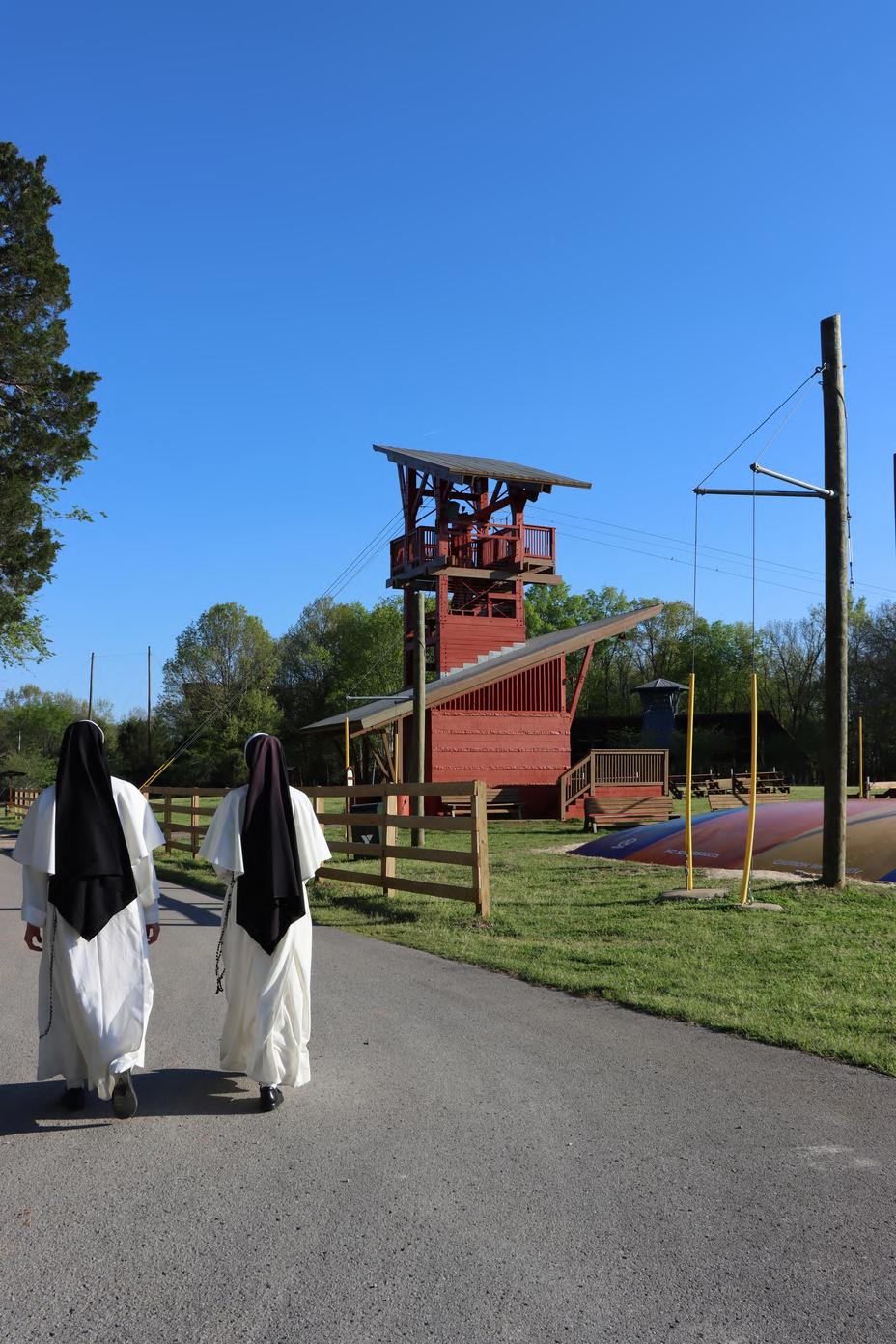
Widgiwagan
outsideof Nashville,agift generously providedbya benefactor.

